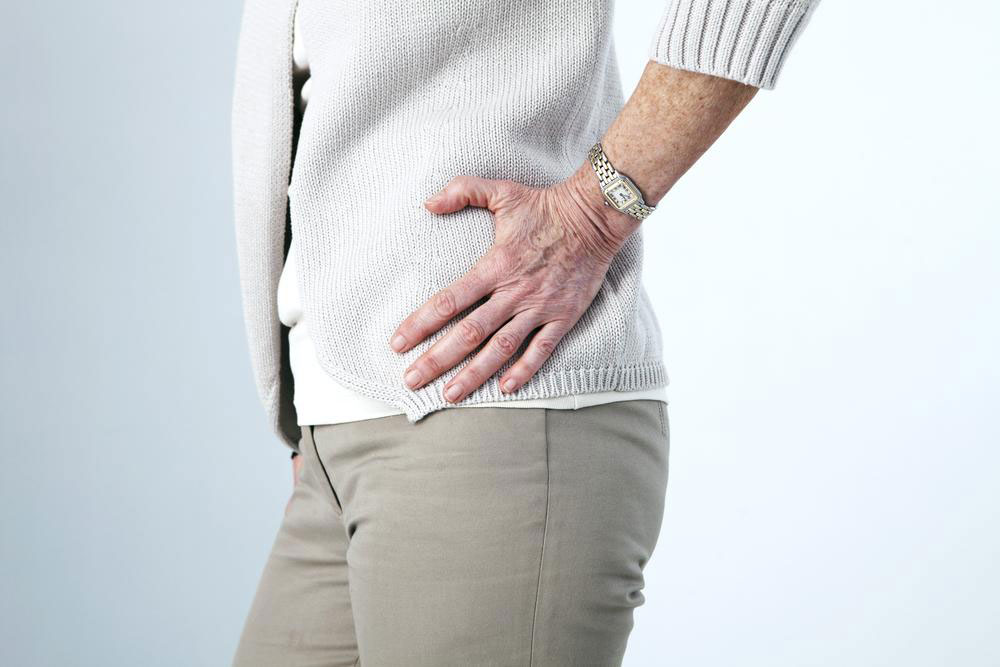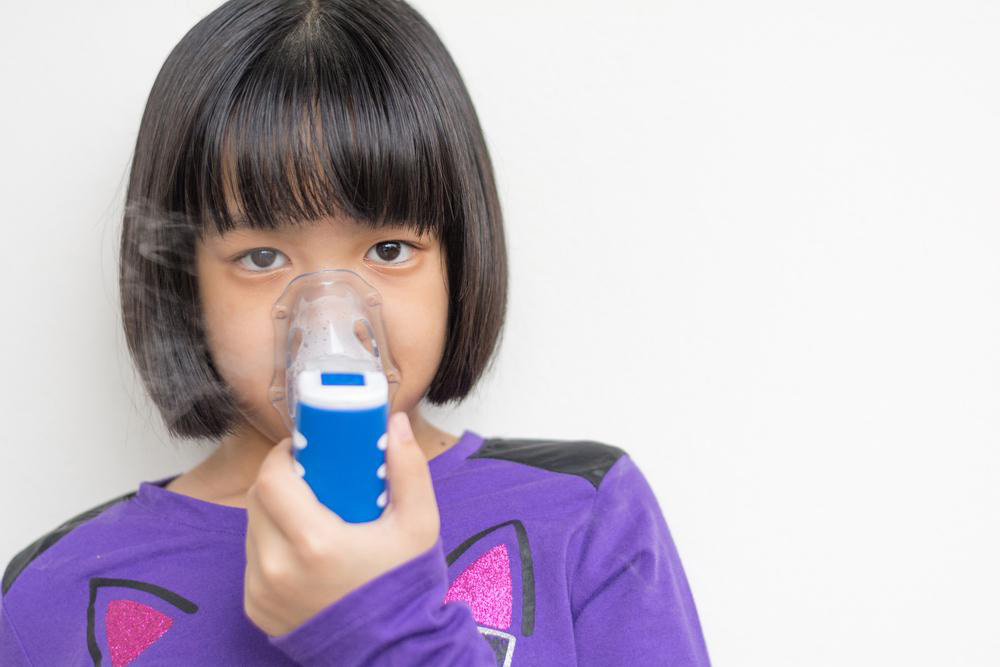Hip Bursitis Explained: Causes, Symptoms, and Treatment Strategies
Hip bursitis, an inflammation of bursae in the hip joint, often causes discomfort and pain. Common causes include trauma, repetitive minor injuries, and certain medical conditions. Risk factors such as age, gender, and biomechanical issues can increase susceptibility. Treatment options range from rest and ice to procedures like aspiration, corticosteroid injections, and surgery. Proper diagnosis and management are essential for recovery, with physical therapy playing a key role in preventing future episodes.

Hip Bursitis: Causes, Symptoms, and Effective Treatment Methods
The hip joint is one of the body's strongest joints, essential for walking, standing, and shock absorption during many activities. Despite its resilience, it can develop inflammation and wear over time. Hip bursitis, resulting from inflamed bursae in the hip, often causes discomfort. Many cases improve with conservative approaches, avoiding medications.
What is hip bursitis?
Bursae are tiny fluid-filled sacs that minimize friction between tissues during movement. Major bursae are located at prominent joints like the hips, shoulders, elbows, and knees.
There are two main bursae in the hip: the trochanteric bursa on the outer side and the iliopsoas bursa on the inner side. Inflammation of these sacs, known as bursitis, is generally non-infectious but can sometimes become infected.
Causes of hip bursitis Recognizing what triggers this condition is key to managing it effectively. Common causes include:
Trauma to the hip
Falls or direct impacts can cause blood to leak into the bursa, leading to inflammation. This is often called traumatic bursitis, where blood is reabsorbed over time, but the lining remains inflamed.
Repeated minor injuries
Regular minor impacts from activities like running or cycling can cause bursitis—sometimes called recurrent mini-traumas—that repeatedly irritate the bursa.
Conditions like gout and rheumatoid arthritis
Both illnesses can lead to bursitis; rheumatoid arthritis affects the bursa lining, and gout causes urate crystal buildup, resulting in inflammation.
Risk factors for developing hip bursitis Several elements increase the likelihood of occurrence:
Gender
Women are more prone than men.
Age
Most affected individuals are between 40 and 70 years old, though it can occur at any age.
Biomechanical issues
Conditions like knee osteoarthritis, scoliosis, or leg length differences can alter gait and strain the bursa. Bone spurs and calcium deposits may also contribute.
Previous hip surgeries
Past procedures can raise the risk.
Immune system problems
Chronic illnesses such as HIV or lupus that weaken immunity can increase vulnerability.
Symptoms, diagnosis, and treatment The main sign prompting medical attention is pain. Healthcare providers review medical history, conduct physical examinations, and may order imaging tests like X-rays or MRI scans. Functional tests, such as single-leg standing, help confirm bursitis and rule out other issues.
Managing hip bursitis Rest often eases symptoms, especially when caused by overuse or injury. For septic bursitis, antibiotics are necessary. Applying ice reduces inflammation and discomfort. Additional treatments include:
Fluid drainage (aspiration)
Using a needle to remove excess fluid from the bursae to relieve pressure.
Corticosteroid injections
Administered after aspiration or if other treatments fail to reduce inflammation.
Physical therapy
Targeted exercises strengthen muscles and improve flexibility to prevent future flare-ups.
Antibiotics
Used for infections, either orally or intravenously, depending on severity.
Surgical options
In rare cases, procedures like bursectomy, tendon repairs, or bone shaving may be performed.


